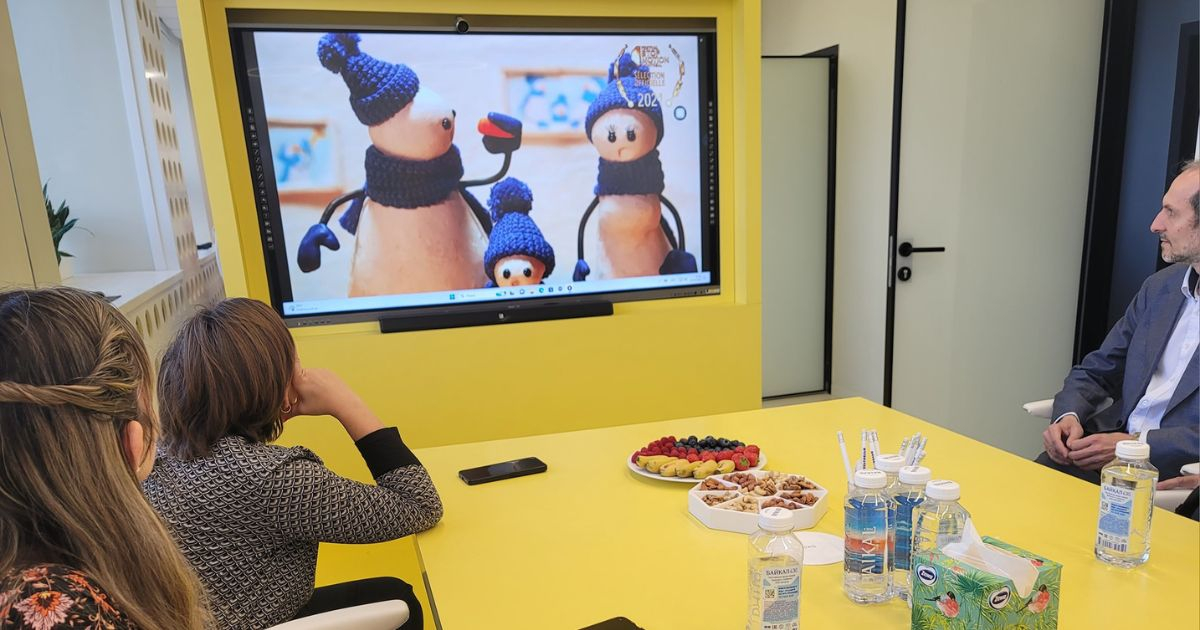In a move that further cements Russia's financial backing of the Cuban regime under the guise of cultural collaboration, Cuba and Russia have inked an agreement to embark on joint animation projects, aiming to revive the production of cartoons between Havana and Moscow. Alexis Triana, the president of the Cuban Institute of Cinematographic Art and Industry (ICAIC), announced this development on Facebook, hailing the agreement as a "significant work accord" involving his institution, its animation studios, and the Russian studio Soyuzmultfilm.
Triana expressed gratitude to Boris Mashkovtsev, Soyuzmultfilm's director, and the Russian Ministry of Culture, emphasizing that Soyuzmultfilm is the oldest animation studio in Europe, founded in 1936 and revitalized eight years ago for the benefit of the arts and culture in both nations.
Upcoming Cultural Exchanges and Joint Projects
As an immediate step, both parties have agreed to invite Russian representatives to the 9th Summer Film Festival in Havana, which will feature the Cuba Anima event. Cuban animators are also set to participate in the Moscow Animated Film Festival at the end of October, with future collaborations under consideration.
While Cubans endure daily shortages and economic turmoil, the regime is turning to new cartoons as part of its strategy for political and cultural survival, further strengthening ties with its longstanding ally, the Kremlin. Cubadebate reported the agreement as a "significant" event, highlighting the "mutual interest" in enhancing cultural collaboration between Cuba and Russia.
Strategic and Economic Dependencies
This animation agreement is part of a broader trend of increasing Havana's reliance on Moscow. In recent months, the two governments have solidified their strategic alliance in various critical areas for the Cuban regime amid the national economic decline.
Among recent agreements is a commitment to promote the use of the ruble in bilateral trade, driven by the Bank of Russia and the state corporation Rostec, as part of a strategy to reduce dependency on the US dollar. Meanwhile, Havana has deepened its economic and political subordination to Moscow through new joint projects and strategic alignments.
The collaboration extends to education and infrastructure as well. Notably, the first branch of a Russian university was inaugurated on the island, symbolizing both educational and structural ties, while new agreements have introduced Moskvitch taxis into Cuba's transportation system.
On the defense front, it has been confirmed that Cuban cadets will receive training at a Russian academy, further entrenching Russia's military influence in the country.
Key Aspects of Cuba-Russia Animation Partnership
What is the significance of the Cuba-Russia animation agreement?
The agreement is significant as it symbolizes a deepening cultural collaboration between Cuba and Russia and serves as a strategy for political and cultural survival for the Cuban regime amid economic hardships.
How does this collaboration affect Cuba's economy?
The collaboration is part of Cuba's broader strategy to reduce dependency on the US dollar and increase economic reliance on Russia, aligning with recent agreements to use the ruble in bilateral trade.
What areas are included in the Cuba-Russia partnership?
The partnership spans various sectors, including cultural exchanges, education, infrastructure, and defense, reflecting a comprehensive strategic alliance between the two nations.
